The Different Types of Burial Customs Around the World and How Cultures Influence Them
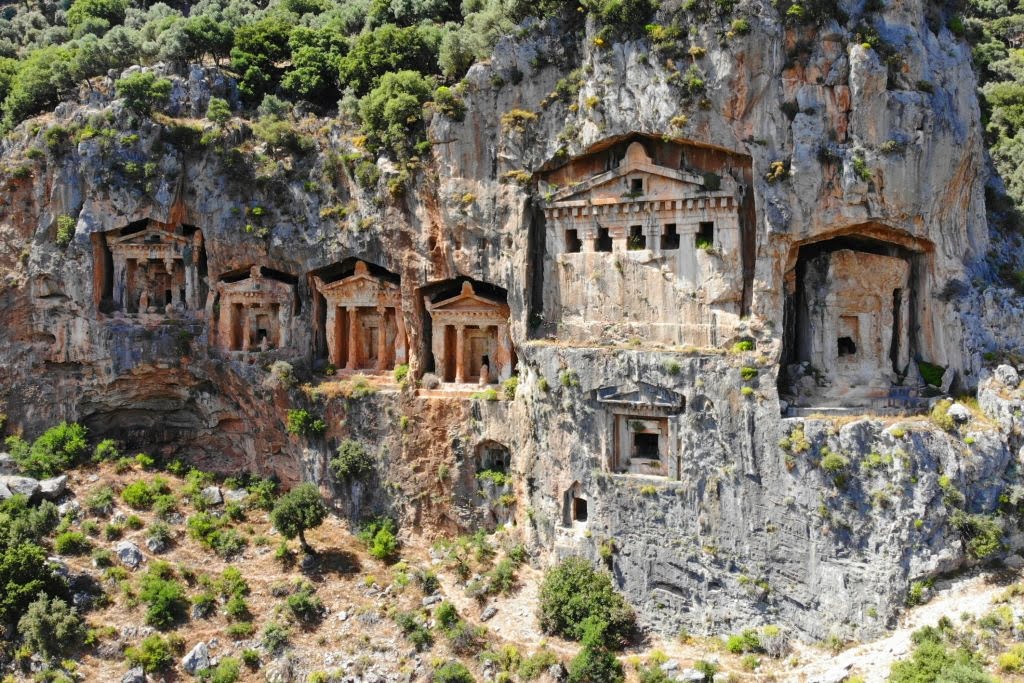
There are many cultures around the world. Some are well known, and some aren’t. Each culture has different ways to bury their deceased relatives and each are unique. Each of these cultures follows a tradition that has been passed on generations and generation. This essay will talk about many cultures such as the Zoroastrians, The Maasai, The Ghanaians and many more. This essay will also explain their culture and religion and how it influences their burial customs.
The Zoroastrians
Zoroastrianism is one of the world’s oldest religions. It was said to have emerged around two thousand years BC. (Valjak 2017) Zoroastrianism is said to have influenced the creation of some religions today such as Christianity, Judaism and the Islamic religion (Valjak 2017) Zoroastrians have very special burial rituals known as excarnation, which is the removal of skin before burial. The Zoroastrians did this with a burial area called “The Tower of Silence”. Zoroastrians believe that once someone is deceased their body gets taken over by a demon and becomes un-pure.
Zoroastrians believe the body must be cleansed before the soul of the person can move onto the next life. The towers main purpose is to cleanse the body of the demon so the soul can move onto the afterlife. The Tower is not a tower at all but is a circular structure where the body gets exposed to the elements. The body lays out in the sun for carrion birds to feast on and decompose the body naturally eventually leading to the body being purified and the soul going to the afterlife. This tradition emerged because Zoroastrians consider earth and fire to be sacred elements. This ties in the idea that the body must be purified by letting it naturally decompose with the help of the elements.
The Maasai
The Maasai people are semi nomadic people who live near Kenya and Tanzania. The Maasai are monotheistic people who believe in the god “Enkai”. The Maasai are patriarchal people and live by herding cattle and raising their young, and this comes from their inheritance tradition called the fathers chest. In this tradition, when the father is dying all of their sons go to the father’s side to pay their respects. The Maasai believe that this is an honorable way to go because it shows the father was respected by his sons. As many cultures may have, there is some bad omen that will come to you if you don’t return to the father before his passing. In the Maasai Culture you will be cursed with “Engooki” which is a curse or sin and is given to the people who don’t go to the fathers side in death. Maasi people don’t believe in the typical afterlife. An interesting thing about the Massai culture is that they believe that once you have died that is the end of your journey and everything such as the legacy and any sins the person had are transferred down to the surviving family members.
Since the Maasi don’t believe in some type of birth in death, they don’t do anything extravagant for the dead. The practice the Maasai people are known for is called Colloquially. Outsiders of the Maasai culture call this the “Predator burial” (Lane 2014). In the burial tradition the Maasai people cover the body in Ox blood or cattle fat and leave the body in a bush and let the predators have a feast on the remains of their tribe members deceased body. The Maasai people believe this to be the best way to bury their members because they believe that if they bury them like most traditional cultures, they believe it to be bad for the environment and it will pollute the living family members.
The Burial Customs around Hawaii
The burial customs in Hawaii were always scared especially when it came to the passing of a high chief. The people of the tribe would weep copiously which in this culture shows the unhappiness and the expression of grief. The People of the tribe would also cut off the sides of their hair and leavening a crest of hair in the middle, then they would begin chanting to praise the dead high chief. An example from “Sacred Burial Customs” explains Reverend William Ellis writing about a queen who he saw receive a great amount of pain while getting a line tattooed on her tongue because of her husband’s passing. (Fullard-Leo) William then asked her about the pain she felt and she replied “The pain is indeed great, but the pain of my grief is greater”. (Fullard-Leo 1998) This shows one of the many burial customs the Hawaiian people have. Not everyone was buried or praised in such a fashion as having a line tattooed on your tongue or getting a chant as a sign of respect. (Fullard-Leo 1998) The priests would get a pile of stones around there grave or get a circle of high poles to signify that someone important was buried there. Only the high chiefs and priests in the Hawaiian tribes would get some type of recognition for their passing. Some of the people of the Hawaiian tribes also place their dead in large caves. These caves usually have a specific family to them and the family of that cave place the corpses of dead family members in them. The Hawaiian people thought as explained from Reverned Williams that since many bodies are placed in caves are filled with evil because of the many bodies there. (Fullard-Leo 1998)
The common man would get buried simply with no ceremony of their passing. Reverend Willam Ellis explains the ritual for burying a family member who isn’t high ranking. He states that the people raise the upper body up then bend the face towards the knees, place the hands under the “Hams” then pass the head to the knees where the body parts of the deceased are tied, then they wrap up the body in a coarse mat. (Fullard-Leo 1998) The Hawaiian people then wait a day or two then place the body in a grave.
The Ghanaians
The Ghanaians have the best possible funeral for their people. The Ghanaians have these places called Carpentry workshops where they make customed made coffins. A story from “Ghanas red hot funerals” explains the purpose behind the custom-made coffins. The coffins design usually reflect a person’s personality and status in life (Abreu 2018) An example would be a man who had a chili pepper as a coffin, this comes from the reporter who was there to interview the men who makes the custom coffins. They say, “the chili pepper carries a symbolic meaning that goes well beyond the life of a farmer” (Abreu 2018) “The red color and spiciness represent the personality of that person, [because] He was hot and tempered” (Abreu 2018). The Ghanaian people have a very Interesting way to celebrate life in death and have nice ways for people to be remembered. Coffins are sadly made for children. They make the coffins in the shape of the planes which symbolize that the child will have an easy trip to the afterlife (Abreu 2018) The Ghanaian people have an interesting way to celebrate a person passing because they use coffins that represent the way a person was with the design of the coffin.
The Ghanaians have a very special way to celebrate a person passing, but there is more to it than meets the eye. In the Ghanaian culture, they debate which family the body of the deceased belongs to, when this happens the only people considered family are the extended family which are the people you are born to. Family in the Ghanaians culture in this case means that Children and the spouse of the deceased immediately don’t get considered to be a family member because the family is trying to figure out who is going to be the Chief mourner (Ohene 2011) The Chief mourner of the family can only be a male family member not female. Usually the chosen Chief mourner and newly made family members haven’t spoken to each other for 30 years and are considered to know more about the dead person than the children and other loved ones (Ohene 2011) The Chief mourner has all the responsibilities that come with death. They also must set meetings with the “family” of the deceased. In these meetings the spouse and family members will be able to make suggestions for what they want to do for the deceased, but they can be completely ignored even though they know more about the person than the newly decided family. The chief Mourner also has another responsibility which is to choose the next person who succeeds the person who has passed. This means that the person who is chosen will take up all the responsibilities the deceased person had. All this debate and discussion among the family is done while the person’s body is in fridge waiting to be buried.
The Unique Burial Customs of Tribes in the Philippians
The Philippians have many different cultures within it and with this comes different types of burial traditions. People in America might have a casket where the deceased can be seen before burying the coffin, or ashes might be dispersed where the person might have spent most of their time. In the Philippians the burial customs are as unique as all the other burial customs spoken about in this essay.
The Benguet
The Benguet have many types of burial traditions such as blindfolding the recently deceased and placing them in a chair near the entrance of their home. The body of the person is there at the entrance for a total of eight days. During this period, the Benguet people will mourn the loved one and begin to strike bamboo sticks because they believe that doing so will ensure their loved one will get to heaven. (Goldabe 2019)
Trees as Burial grounds
The Caviteno people are one of the several tribes that use trees as a burial spot. In the Caviteno culture manila trees surround these people and they use them to their advantage. When people in the culture become Terminally ill or are dying from old age, the one who is dying begin to pick the tree they want to be placed in. This process of putting the body of the deceased in the tree just requires the tree to be carved out and then the body will be placed within the tree. Another culture that uses trees as a burial ground is the B’laan people. The B’laan people use the trees as a place to hang the deceased. It’s not as scary as it seems because they cover the body in tree bark then hang it from the tops of a tree.
The Apayaos
These people in the Philippian’s have a different method for burying their dead. The Apayao people choose to bury the dead under their kitchens. In this culture the male family members carry the body on their shoulders. After this they place things in the casket to protect the deceased in the afterlife. The Apayaos put a spear, and shield for protection. The Apayaos then proceed to bury the deceased person under their kitchen. Even though they all have different cultures and follow different rules, each culture follows a certain tradition that has been passed on for generations.
The Hindu Tradition Called Sati
In this tradition the widow of the deceased husband would decide whether she wanted to be burned alive on her husband’s pyre or be a widow and live the rest of her days without her husband. This burial custom is said to have appeared between 320 to 550 CE. The idea of Sati was first a voluntary act which was seen as brave and courage’s for a woman to do. (Jain 2018) This tradition has seen to have been done in many ways, such as the women sitting on the pyre and lighting it herself, the women lying next to the body of the deceased husband and some were said to jump or walk into the fire. Other ways the women could go about Sati was that she could drink poison to possibly become unconscious in the pyre or to be snake bitten or use a sharp blade to slit her own throat. All these ways became a way of going about sati because the widow was seen as useless to society. If no other male counterpart was in the women’s family, she would be forced to commit sati whether she wanted to or not.
The Kiribati Peoples
The people live on an island in the pacific, with many tiny reef islands around them. The Kiribati people thrived on their land for generations until their land was found to be rich in phosphates and a natural oasis. When this happened in the 17th century, European trader made way and started digging and mining for the resources till it was clean of them. The Europeans also ran through the Kiribati lands spreading Christianity, and in doing this they changed the religion of the Kiribati people making the tradition of a skull burial only a memory
The Kiribati people would have a skull burial as a tradition for their dead. They would have the deceased person’s body in their home and keep it there for three to twelve day, how long they kept the body of the deceased depends on the persons status in the community. They would keep oil the body constantly and would clean the decomposing flesh from the body and taking out the organs. After this process they would then bury it near the family’s home. After a few months have passed, the family of the deceased would take the body out of the ground and take the skull out and polish and oil the skull and would get offered food and tobacco. The skull will then be placed on a shelf in the home and was a revered possession and a symbol of their native god Nakaa’s acceptance for the deceased. (Tor 2017)
The Bo peoples
The Bo people of China flourished in a place called the Hemp Pond Valley. The Bo people were said to be thriving around hundred to three thousand years ago before mysteriously disappearing (Sussex 2014) The Bo people left their mark on the world because they left signs of their existence because of their type of burial tradition. The Bo people would hang multiple coffins off the side of cliffs. Since the Bo people were wiped out by the Ming dynasty’s army, as stated in “Hanging coffins of the Bo people. Since they disappeared without any answers as to why they had hung the coffins were placed on the sides of mountains, it has been said that they do this because they want their deceased to be closer to their gods and heaven.
The Bo people aren’t the first people to have been known for placing there deceased in coffins to the sides of cliffs. The difference between the Bo people and others is that they wouldn’t paint the coffins, instead they would paint the face of the mountains in order to tell the stories of the deceased.
Conclusion
The many burial customs all might be unique, but the one thing they share is the fact that the culture influences their burial customs.
References
Abreu, Fellipe, and Henrique Hedler. “Ghana’s Red-Hot Funerals: Buried in a Chilli Pepper.” BBC News, BBC, 26 Nov. 2018, w ww.bbc.com/news/world-africa-46142977.
ByTør, Tor. “Wiped out by Christianity… Skull Burial in Kiribati.” CVLT Nation, 4 May 2017, cvltnation.com/wiped-christianity-skull-burial-kiribati/.
Fullard-Leo, Betty. “Sacred Burial Practices.” Sacred Burial Practices of Hawaii, 1998, w ww.coffeetimes.com/feb98.htm.
Goldabe, Jenny. “Cultural Spotlight: Funeral Traditions of Filipino Ethnic Groups.” Frazer Consultants, 9 Aug. 2019,
w ww.frazerconsultants.com/2019/08/cultural-spotlight-funeral-traditions-of-filipino-e thnic-groups/.
Jain, Richa. “The Dark History Behind ‘Sati’, A Banned Funeral Custom in India.” Culture Trip, The Culture Trip, 12 Apr. 2018,
theculturetrip.com/asia/india/articles/the-dark-history-behind-sati-a-banned-funeral-c ustom-in-india/
Lane, Kimberly. “Traditional Inheritance and Burial Rites of the Maasai People.”. SevenPonds Blog, 25 June 2014,
blog.sevenponds.com/cultural-perspectives/traditional-inheritance-and-burial-rites-of-the-maasai-people.
Ohenes, Elizabeth. “African Viewpoint: Ghanaians Fight over the Dead.” BBC News, BBC, 18 Oct. 2011, www.bbc.com/news/world-africa-15339281.
Valjak, Domagoj. “The Towers of Silence: Ancient Reminders of an Eerie Zoroastrian Burial Ritual.” The Vintage News, 13 Feb. 2017,
webdev, Author. “Sussex Funeral Services.” Sussex Funerals, 15 Mar. 2014,
w ww.sussexfunerals.com/hanging-coffins-of-the-bo-people/

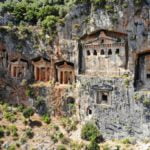
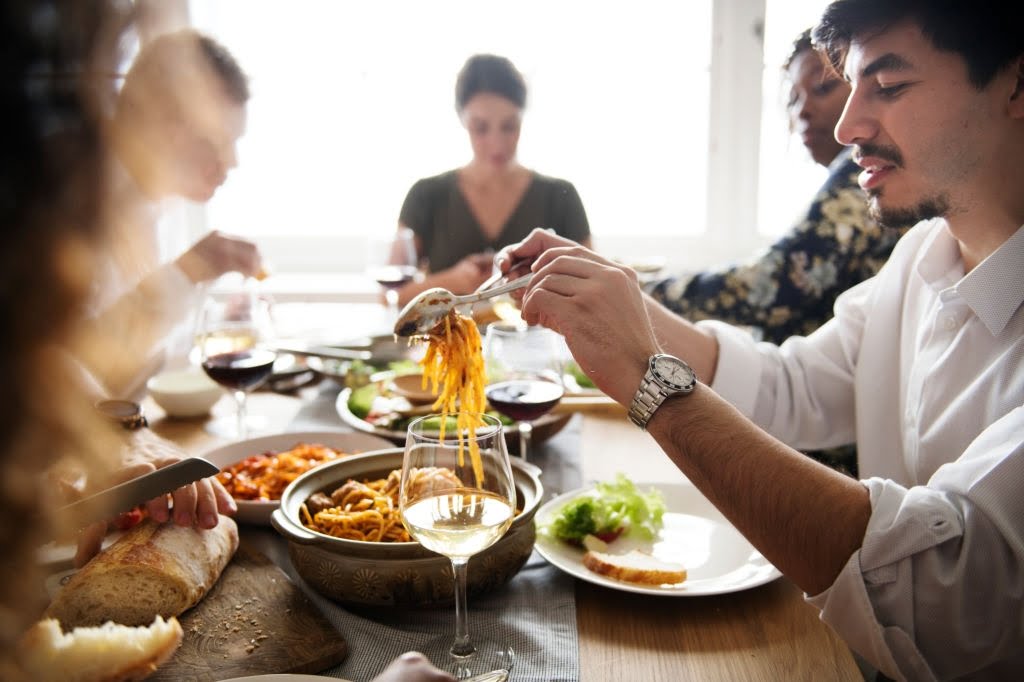
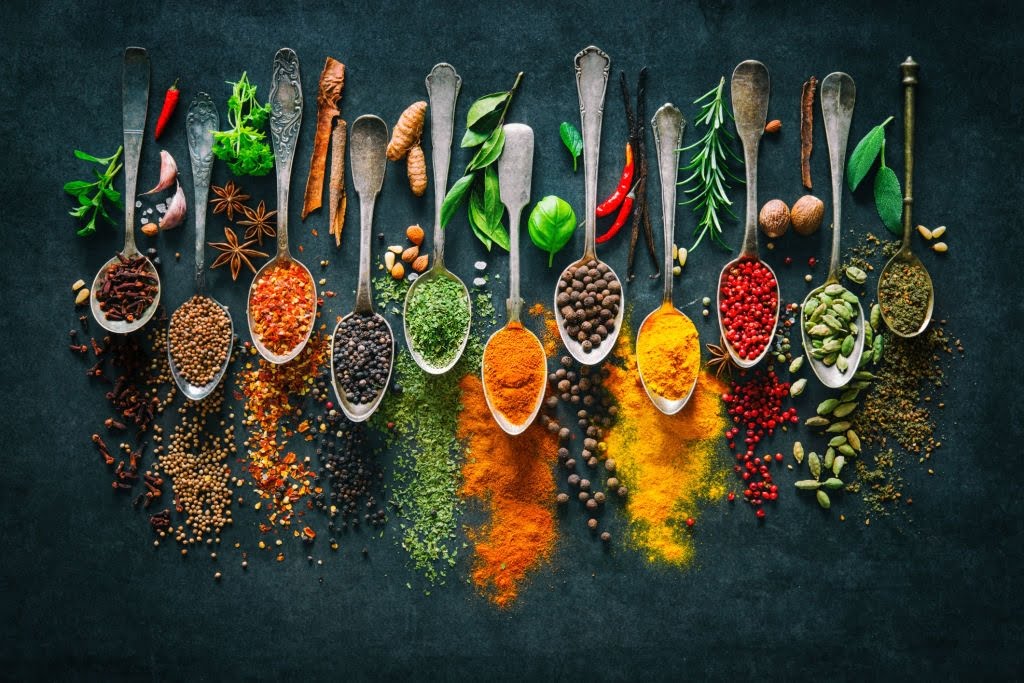
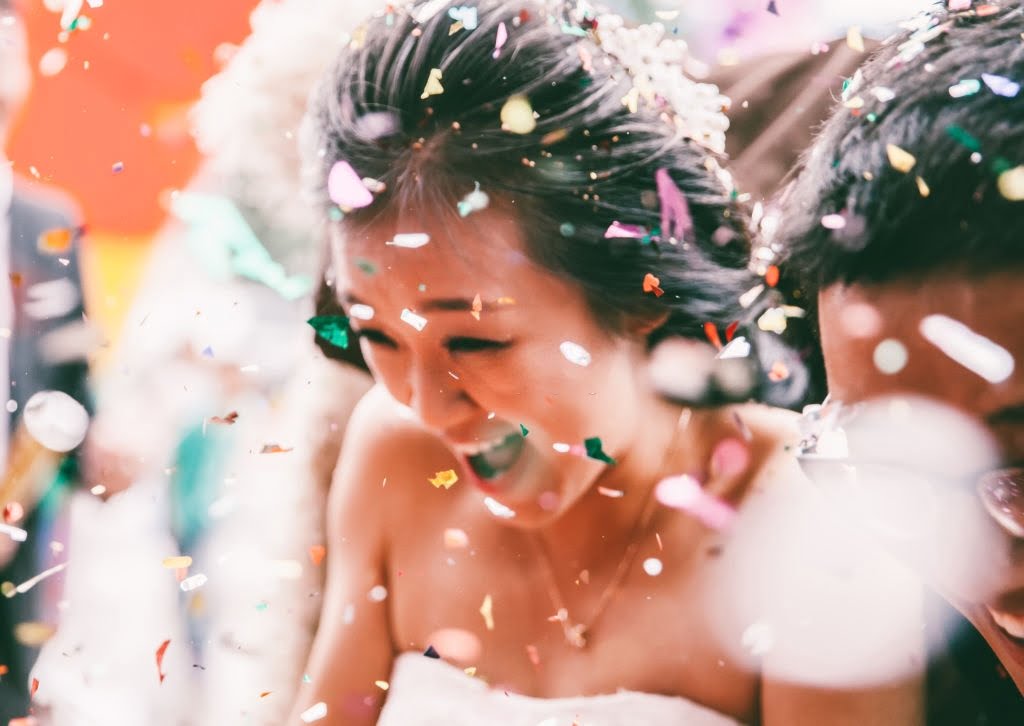


Responses